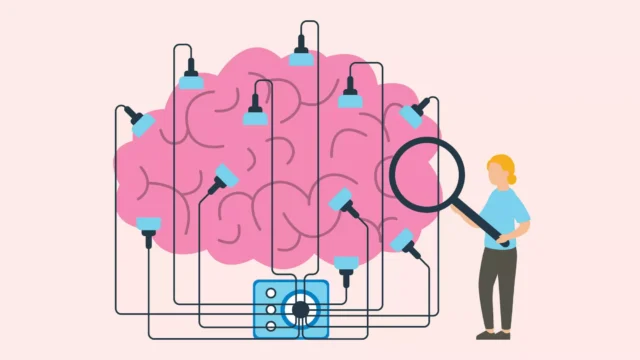Neuroplasticity is a fundamental concept in neuroscience that refers to the brain’s ability to change and adapt throughout life. This adaptability not only allows us to learn new skills and information but also enables recovery from brain injuries like trauma and inflammation.
How Neuroplasticity Works
At the core of neuroplasticity are changes in the synaptic connections between neurons, otherwise known as our brain’s nerve cells. Neurons play a critical role in processing and transmitting information throughout the body, enabling everything from basic survival functions to complex thought processes.
The brain’s ability to reorganize itself by forming new neural connections, is influenced by a variety of factors including:
- Genetics
- Medications
- Stress
- Age
- Chronic inflammation in the brain.
Oftentimes chronic inflammation leads to symptoms like brain fog, forgetting things, difficulty focusing, confusion, irritability, and mood instability.

Benefits of Neuroplasticity
Enhanced learning and memory capabilities are direct outcomes of increasing your factors for greater neuroplasticity. It allows the brain to encode, store, and retrieve information, which is essential for forming both short-term and long-term memories. Neuroplasticity can help facilitate recovery from trauma to form new connections that can compensate for lost functions due to the physical or emotional damage. This supports our ability in being able to adapt to changes and challenges in our surroundings, better known as cognitive flexibility.
To maximize your brain’s plasticity, engage in regular cognitive challenges like learning a new language or instrument. Physical exercise, which stimulates brain cell growth, and mindfulness practices like meditation, which reduce stress and improve focus, are also effective. Lastly, a balanced diet and adequate sleep are foundational to supporting healthy brain function.
Neuroplasticity is amplified as an effect of using ketamine in a therapeutic setting. These neuroplastic effects are thought to aid rapid antidepressant effects, which can occur within hours to days, as opposed to the weeks required for traditional antidepressants. This rapid response is particularly valuable in reducing suicidal ideation in severely depressed patients. Ketamine’s ability to quickly induce changes in neuroplasticity is thought to underlie its therapeutic benefits, especially in treating conditions like major depressive disorder (MDD) and treatment-resistant depression (TRD).
—
Jyoti Sharma, LCSW




